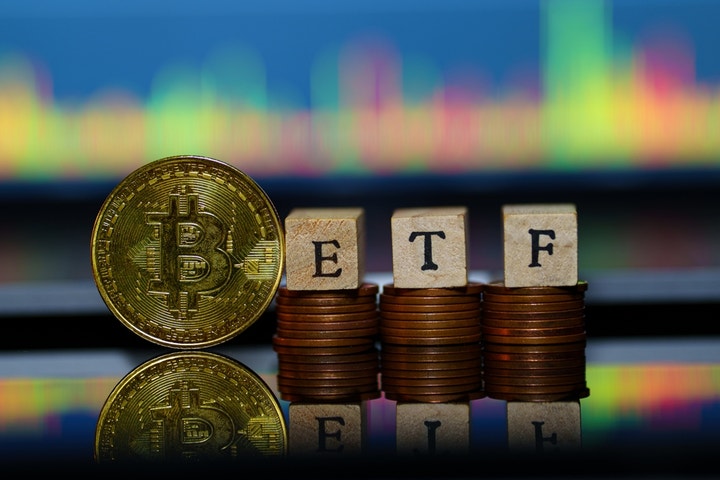
Bitcoin's (CRYPTO: BTC) summer rally is facing its first real test as institutional ETF flows, which helped fuel the move to fresh highs, show signs of strain.
What Happened: A Glassnode report on Tuesday flagged that while spot Bitcoin ETFs recorded over $880 million in inflows last week, sustainability remains uncertain against weakening on-chain activity and falling spot volumes.
The report emphasized that institutional demand through ETFs will be "critical amid price volatility," highlighting the market's dependence on steady capital flows to maintain momentum.
That warning proved timely.
On Tuesday, U.S. spot Bitcoin and Ethereum (CRYPTO: ETH) ETFs saw sharp net outflows, with bitcoin funds posting $523 million in redemptions, according to SoSoValue.
Fidelity's (CBOE: FBTC) led the outflows with $246.9 million, while Grayscale's (NYSE:GBTC) reported $115.5 million.
Ether ETFs mirrored the weakness, with $422.3 million in outflows, led by Fidelity's (CBOE: FETH) and Grayscale's (NYSE:ETHE).
The pullback follows an earlier streak of strong institutional interest.
From mid-July to early August, bitcoin ETFs logged $4.7 billion in net inflows, averaging about $135 million daily.
Over the past week, however, flows flipped to roughly $160 million in average daily outflows, breaking the momentum that previously reinforced bitcoin's climb above $120,000.
Despite the exodus, Bitcoin's price reaction was muted, slipping just 3.8% in the same period.
Also Read: Retail Traders’ Stress Signals Could Form A ‘Retail VIX,’ Says Leverage.Trading Founder
What Experts Are Saying: Speaking with Benzinga, Konstantin Anissimov, global CEO of Currency.com, suggested that ample liquidity remains on the sidelines.
"Even though ETFs saw $645 million in outflows, Bitcoin only slipped about 3.8%. To me, that means there are still plenty of buyers, probably using the $32 billion in stablecoin cash sitting on exchanges, who step in to absorb the selling,” he said.
Anissimov attributed the outflows to macro conditions rather than a structural issue with ETFs: "I think the key driver is a broad de-risking move rather than a problem with any single ETF… The timing also lines up with macro shifts: the dollar has firmed, and markets are less certain the Fed will cut rates in September."
Still, the shift underscores how fragile bitcoin's rally is when institutional flows reverse.
Glassnode data shows elevated profitability, 96% of supply is in profit, heightening the risk of profit-taking if inflows weaken further.
Meanwhile, derivatives markets remain active, with funding rates and options skew pointing to hedging demand, but spot activity is sliding.
For now, institutional sentiment appears cautious rather than panicked.
"This feels more like short-term profit-taking than a real shift in conviction," Anissimov noted, adding that much of the capital appears parked in stablecoins, awaiting reentry.
The sustainability of institutional flows, whether they resume after this pause or continue to leak, will determine whether bitcoin consolidates at current levels or faces deeper retracement.
Read Next:
Image: Shutterstock







